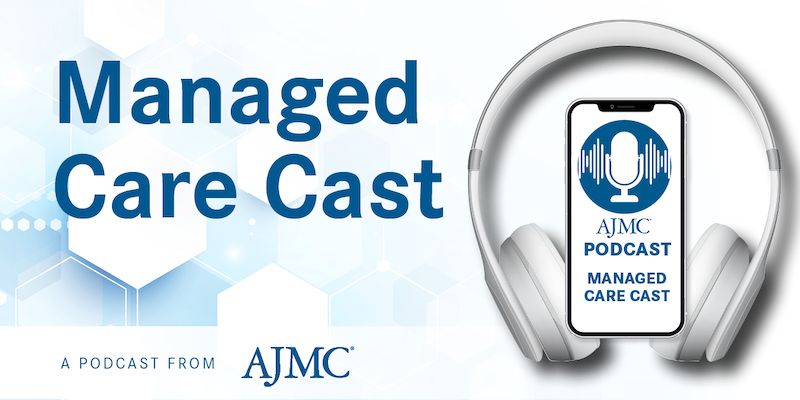Commentary
Podcast
Personalized Care Key as Tirzepatide Use Expands Rapidly
Author(s):
Using commercial insurance claims data and the US launch of tirzepatide as their dividing point, John Ostrominski, MD, Harvard Medical School, and his team studied trends in the use of both glucose-lowering and weight-lowering medications, comparing outcomes between adults with and without type 2 diabetes.
On this episode of Managed Care Cast, we engage in a discussion with John M. Ostrominski, MD, fellow in cardiovascular medicine and obesity medicine, Brigham and Women’s Hospital and Harvard Medical School, and first author of a new study published in Annals of Internal Medicine, “Trends in Utilization of Glucose- and Weight-Lowering Medications After Tirzepatide Approval in the United States.”
First approved on May 13, 2022, to treat adult patients with type 2 diabetes, the dual glucose-dependent insulinotropic polypeptide and glucagon-like peptide-1 receptor agonist has since been approved for chronic weight management and obstructive sleep apnea. Using commercial insurance claims data and the US launch of tirzepatide as their dividing point, Ostrominski and his team studied trends in the use of both glucose-lowering and weight-lowering medications, comparing outcomes between adults with and without type 2 diabetes. Overall, their findings show a significant uptick in tirzepatide dispensations, alongside other glucose- and weight-lowering medications, including semaglutide.
Speaking to the impact of their findings on health care providers who treat patients for type 2 diabetes and/or obesity, Ostrominski explains that these findings “underscore the need and importance of personalized and shared decisions around treatment.”
Listen above or through one of these podcast services:
Newsletter
Stay ahead of policy, cost, and value—subscribe to AJMC for expert insights at the intersection of clinical care and health economics.





